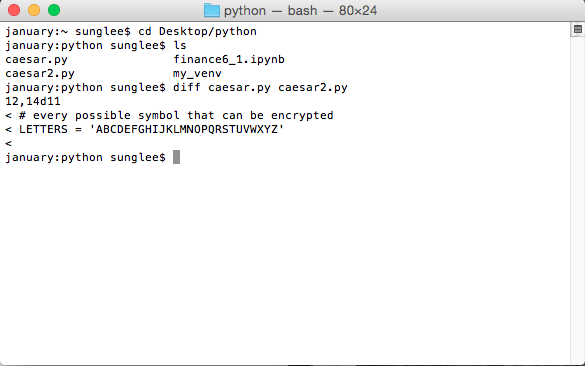Many years ago, a brilliant Berkeley mathematician Richard Borcherds started a blog on math. I have no doubt he has so many interesting things to share about math. Regrettably though, for whatever reason, it didn’t last long. In one of his earliest blog articles, he posed a question as to whether a toroidal (doughnut shaped) black hole can exist. We will answer this question here but first, what do we mean by the shape of a black hole? What is called the shape of a black hole is actually the shape of its event horizon. The simplest black hole is Schwarzschild black hole. It is a spherically symmetric solution of the vacuum Einstein’s field equations. The Schwarzschild solution is given by the metric
\begin{equation}
\label{eq:bh}
ds^2=-\left(1-\frac{2MG}{c^2r}\right)c^2dt^2+\left(1-\frac{2MG}{c^2r}\right)^{-1}dr^2+r^2(d\theta^2+\sin^2\theta d\phi^2)
\end{equation}
The even horizon is the sphere of radius $r_g:=\frac{2MG}{c^2}$ which is called the Schwarzschild radius. The Schwarzschild solution \eqref{eq:bh} requires that $r>r_g$. The event horizon is what determines the inside and the outside of a black hole. \eqref{eq:bh} is a solution of the vacuum Einstein’d field equations, so it really doesn’t tell us anything happens once an object falls into a black hole past its event horizon. In order to see what happens inside of a black hole, we need information on the source of its gravity, i.e. the stress-energy tensor $T_{ij}$.
In 1923, an American mathematician George David Birkhoff proved the following theorem.
Theorem. Any spherically symmetric solution of the vacuum Einstein’s field equations must be static and asymptotically flat.
One may wonder if the converse of the Birkhoff’s theorem is also true, namely is any static asymptotically flat solution of the vacuum Einstein’s field equations spherically symmetric? The answer is affirmative and it is called Israel’s theorem named after Werner Israel (Phys. Rev. 164, 1776). So, Israel’s theorem settles it. There can’t be a doughnut shaped black hole which is static and asymptotically flat. This also can be shown directly. First the ansatz for a static toroidal black hole can be given by
\begin{equation}
\label{eq:toroidalbh}
ds^2=-A(r)dt^2+B(r)dr^2+r^2d\theta^2+(R+r\cos\theta)^2d\phi^2
\end{equation}
with asymptotically flat condition
$$\lim_{r\to\infty}A(r)=\lim_{r\to\infty}B(r)=1$$
The Ricci tensors are computed to be:
\begin{align*}
R_{tt}&=\frac{A^{\prime\prime}}{2B}-\frac{A’}{4B}\left(\frac{A’}{A}+\frac{B’}{B}\right)+\frac{A’}{2B}\left(\frac{1}{r}+\frac{\cos\theta}{R+r\cos\theta}\right)\\
R_{rr}&=-\frac{A^{\prime\prime}}{2A}+\frac{A’}{4A}\left(\frac{A’}{A}+\frac{B’}{B}\right)+\frac{B’}{2B}\left(\frac{1}{r}+\frac{\cos\theta}{R+r\cos\theta}\right)\\
R_{\theta\theta}&=-\frac{r}{2B}\frac{A’B-AB’}{AB}+\frac{r\cos\theta}{R+r\cos\theta}\left(1-\frac{1}{B}\right)\\
R_{\phi\phi}&=(R+r\cos\theta)\cos\theta\left[-\frac{1}{2}\frac{A’}{AB}+\frac{1}{2}\frac{B’}{B^2}+\frac{1}{r}\left(1-\frac{1}{B}\right)\right]
\end{align*}
$$BR_{tt}+AR_{rr}=\frac{1}{2B}\left(\frac{1}{r}+\frac{\cos\theta}{R_r\cos\theta}\right)(AB)’$$
Since $BR_{tt}+AR_{rr}=0$ regardless of what the value of $\theta$ is, $(AB)’=0$ i.e. $AB$ is a constant. The asymptotically flat condition indicates that $AB=1$. Consequently, $R_{\theta\theta}$ becomes
\begin{equation}
\label{eq:riccitheta}
R_{\theta\theta}=-rA’+\frac{r\cos\theta}{R+r\cos\theta}(1-A)
\end{equation}
$R_{\phi\phi}=0$ yields
\begin{equation}
\label{eq:ricciphi}
-\frac{1}{2}\frac{A’}{AB}+\frac{1}{2}\frac{B’}{B^2}+\frac{1}{r}-\frac{1}{rB}=0
\end{equation}
Finally, subtracting $r$ times \eqref{eq:ricciphi} from \eqref{eq:riccitheta} and then setting the result equal to 0 we obtain
$B=1$ and thereby $A=1$. Therefore, the ansatz \eqref{eq:toroidalbh} becomes the flat Minkowski space-time, so there is no toroidal black hole.
How about then for a rotating black hole? Can there be a rotating toroidal black hole? The answer is negative for this case also. Hawking and Ellis proved that the shape of a rotating black hole has to be a sphere and it can be found in Proposition 9.3.2 of S. W. Hawking and G. F. R. Ellis, The Large Scale Structure of Space-Time, Cambridge University Press, 1973. (Hat tip to David Garfinkle.)

